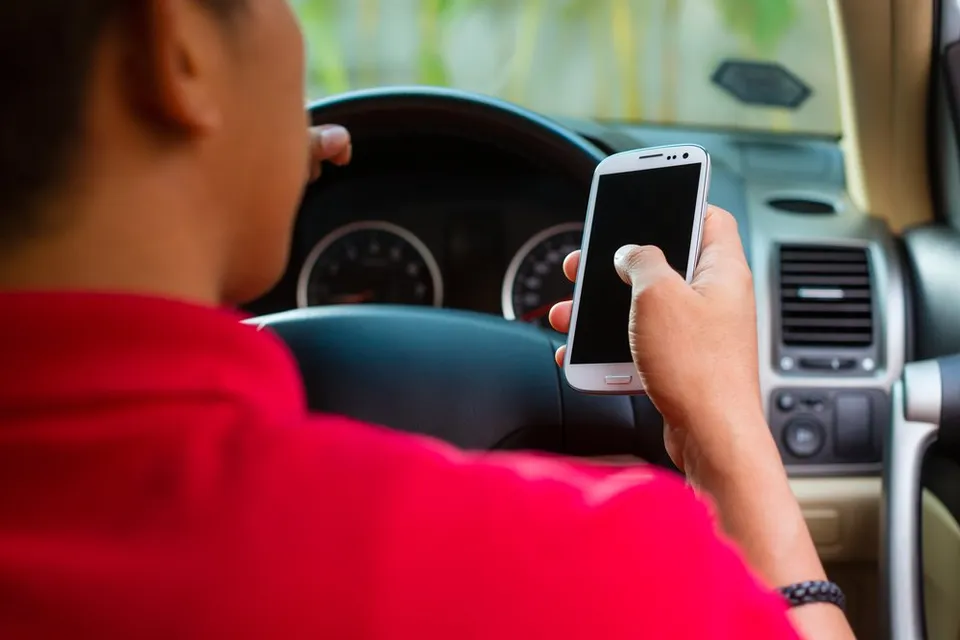Top 5 Distractions While Driving
- April 13, 2017 @ 6:32 pm
- Written by adminjbwp
- Categories: Accident | Auto Accidents | Motor Vehicle Accidents

April is National Distracted Driving month, an important time to raise awareness about the dangers of distracted driving. The media usually focuses on preventing texting and driving, and while the use of our phones is the leading cause of distracted driving accidents, there are other distractions that commonly happen while driving. Taking your eyes off the road for only two seconds can double your risk of being in a crash.
BELOW ARE FIVE COMMON DISTRACTIONS THAT HAPPEN WHILE DRIVING AND WAYS TO PREVENT THEM.
- Cell Phones. Cell phones are the leading cause of distracted driving. According to a study conducted by the University of Utah, using a cell phone while driving (even if it’s hands free) creates the same delayed reactions as a person with a blood alcohol level of .08 percent (the legal limit). Take the pledge to never text and drive, or download one of these recommended apps to deter you from using your cell phone in the car.
- Car Stereos. Adjusting the radio is a common task while driving. Create preset stations or change your music options while you’re stopped.
- Passengers. No matter how you are interacting with passengers this is a cognitive distraction that is most common when driving. Whether it’s turning around to talk to your kids or looking at the person sitting in your passenger seat, talking to passengers is one of the leading distractions next to cell phones. You can join in on the conversation, but keep your eyes on the road.
- GPS Devices. Though these are helpful when navigating drivers to their destination, GPS devices can present a major distraction that some have even compared to as dangerous as using your cell phone. Because GPS devices require the same type of visual, manual and cognitive attention from the driver as sending a text message, they’re just as dangerous. Some vehicles won’t allow you to use the navigation system while driving. Set your destination before you leave.
- Eating or Drinking. The National Highway Traffic and Safety Administration estimates that eating while driving increases the likelihood of crashes by 80 percent. When eating or drinking, many drivers divert their eyes away from the road or remove their hands from the wheel. If you must eat in the car, a small snack like chips or popcorn require much less attention than a cheeseburger or chicken nuggets.
These five distractions are some of the most common, but not the only instances of distracted driving. Other examples include smoking, grooming, dropping something or even reading a newspaper or book. At the end of the day, remember to stay focused when driving by eliminating any unnecessary distractions.
If you or someone you love has been injured in a distracted driving accident, don’t wait. Contact John Bales today for help.
